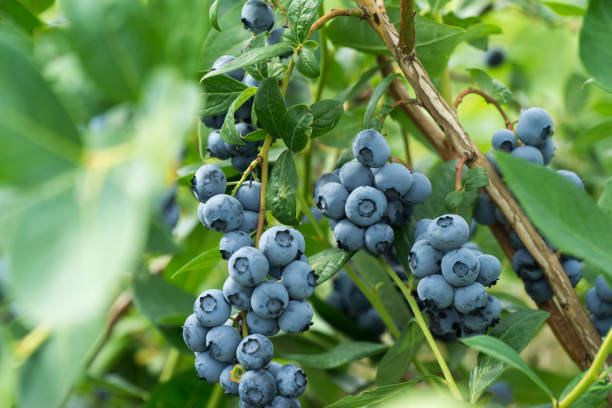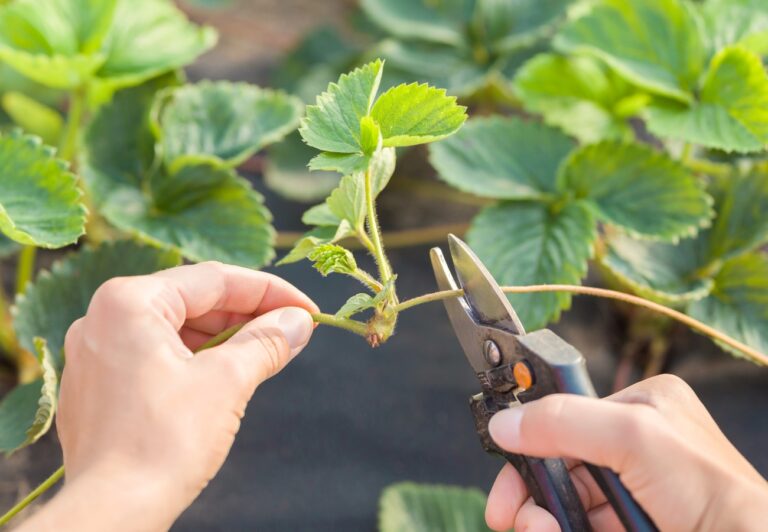How to Grow Blueberries (Without Losing Your Mind)
I’ll be honest—when I first decided to grow blueberries, I thought it’d be a breeze. Stick a bush in the ground, water it now and then, and boom: blueberries.
Turns out, these little blue gems are a bit pickier than that. But once you get the hang of what they like, they’re surprisingly chill—and the reward? Buckets of sweet, homegrown berries every summer.
The Soil Situation
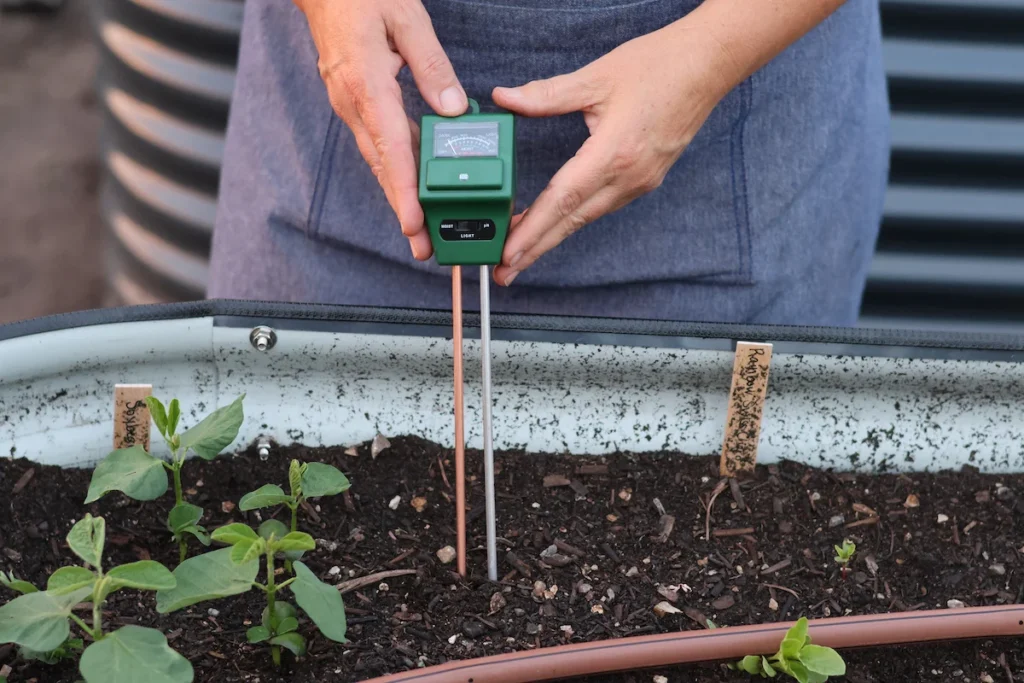
This is where it all starts. Blueberries aren’t the kind to compromise. They like their soil acidic—real acidic.
We’re talking pH around 4.5 to 5.5. If your soil’s too alkaline (like a lot of spots in New Zealand, depending where you are), your blueberry bush will sulk. It’ll just sit there, all leafy and green, but not doing much else.
I ended up mixing in peat moss, pine needles, and a bit of compost to bring the pH down. Some folks swear by sulphur granules too.
If you’re not sure what your soil’s pH is, do yourself a favour and grab a cheap test kit. It’s a one-time effort that’ll save a lot of guesswork.
Sun and Space

Blueberries love the sun. They’ll tolerate a bit of shade, sure, but if you want fat, juicy berries, find them a spot that gets at least six hours of direct sun a day. And give them space.
They don’t like to be crowded—around 1.5 meters between bushes does the trick. Unless you’re going for a hedge, then pack ’em in a bit tighter.
Mine are growing in big half-barrels on the deck, which also helps keep the soil just how they like it. Jess down in Auckland swears by her raised beds, and hers look like little blue fireworks every January.
Picking the Right Variety
There are a bunch of different varieties out there, and not all of them play well together. You’ve got rabbiteyes, highbush, lowbush… honestly, it sounds like a Dr. Seuss story.
For most home growers, Southern and Northern Highbush types are the go-to. In New Zealand, ‘Bluecrop’ and ‘Nelson’ do really well.
And here’s a little tip I learned the hard way—get at least two different varieties that flower at the same time.
Blueberries aren’t the best at pollinating themselves. They’re social little things.
Watering Without Drowning
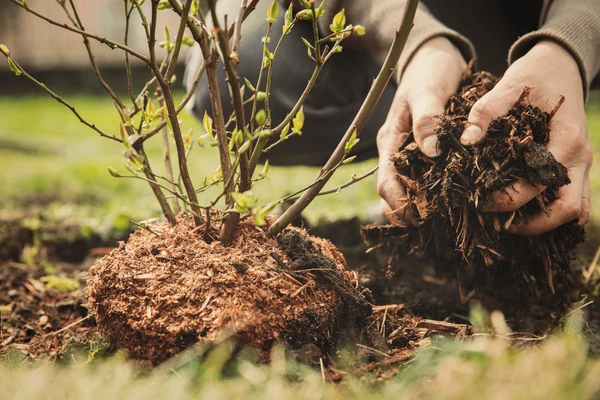
Blueberries like their roots moist, but not soaked. Think of them like a houseguest who wants a drink but doesn’t want to sleep in a wet bed. Mulch is your best mate here.
A good thick layer of pine bark or wood chips keeps the moisture in and the weeds out.
I give mine a deep drink about twice a week in the dry season. More if it’s scorching out. Just don’t let them dry out completely—they’ll drop berries faster than you can say pie.
When Patience Pays Off
Blueberries take their sweet time. In the first year or two, you might get a handful of fruit. That’s normal.
By year three or four, though? You’ll be swimming in berries. And they just keep going—some bushes can pump out fruit for 20 years if you treat them right.
Oh, and the birds? Yeah, they’ll try to treat themselves too. I tossed a bit of netting over mine once they started to ripen. Otherwise, you’re just growing snacks for the locals.
A Little Post-Summer TLC
After harvest, I give mine a light prune to keep the shape tidy. Just snip off any dead or crossing branches, and keep the center open so air can flow. No need to go Edward Scissorhands on them.
In late winter, before the buds pop, that’s when you do the proper pruning. That’s when you get rid of the older canes to make room for new ones.
Worth Every Bit of Effort
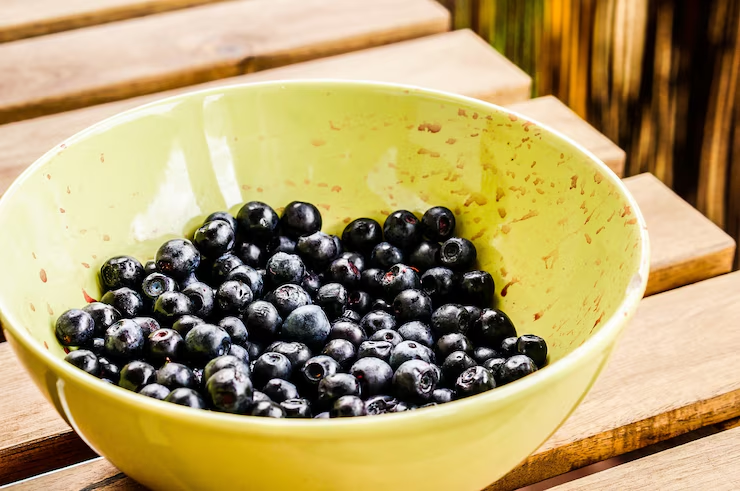
There’s just something magic about picking berries straight from the bush and tossing them into your morning oats—or let’s be real, just eating them by the handful.
Sure, blueberries have their quirks, but once you get into the rhythm of it, they’re actually pretty low-maintenance.
And the best part? Every summer, you’ll have your own little blue harvest, no supermarket required.


